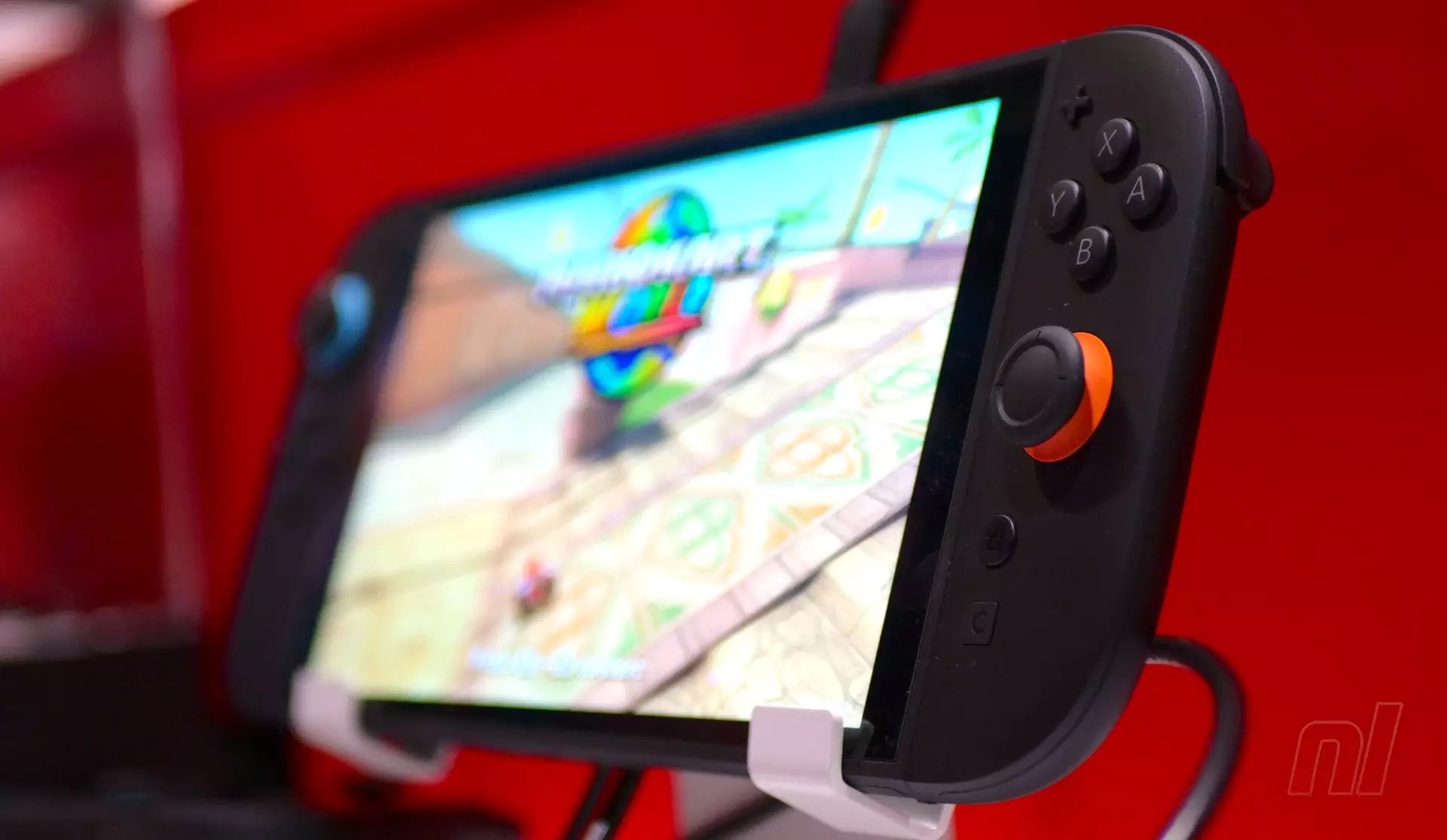The gaming community eagerly anticipated the release of Nintendo’s Switch 2, not merely as an upgraded console but as a potential game-changer in the hybrid gaming arena. While Nintendo maintained a shroud of secrecy leading up to its launch, early disclosures and developer insights reveal a device that could challenge preconceived notions of portable power. The discussion surrounding its hardware capabilities suggests that the Switch 2 is not just an incremental upgrade but a strategic move to balance performance with unique Nintendo innovation. Unlike the conventional race for raw power seen in consoles like the Xbox Series S or PlayStation 5, Nintendo’s approach seems geared toward optimizing adaptability, portability, and technological sophistication—creating a blend that could redefine gaming in the mainstream and niche segments alike.
The emerging commentary from developers and industry insiders hints at a device with performance benchmarks sitting intriguingly between familiar hardware standards. It’s not quite a flagship powerhouse, nor is it a modest handheld. Instead, the Switch 2 appears to carve out a niche that leverages technological enhancements—like DLSS support—and a GPU capable of slightly outperforming the Xbox Series S, especially in handheld mode. This nuanced positioning hints at a philosophy where Nintendo aims to deliver a device that’s powerful enough for modern gaming experiences but still retains the core attributes that make its consoles accessible, portable, and user-friendly.
Deeper Hardware Analysis: Power in Perspective
Analyzing the technical breakdown, the CPU and GPU components tell a story of a console that isn’t necessarily about brute force but about strategic performance. The fact that the GPU, while slightly below the Xbox Series S, supports advanced technologies like DLSS, signals a conscious effort to bridge the gap between raw power and visual fidelity. DLSS, a technology that enhances resolution and frame rates through AI, offers developers a way to extract more performance without demanding higher hardware specs—a significant advantage for porting existing titles.
On the CPU front, the Switch 2’s ability to match or slightly surpass the PlayStation 4’s processing power indicates that Nintendo has prioritized refined efficiency over sheer horsepower. Given that most modern games tend to be GPU-bound, this CPU performance suggests that the device will handle well-optimized titles smoothly, especially at standard frame rates like 30 or 60 FPS. However, it’s in complex physics or animation-heavy games where the hardware might face challenges, potentially requiring developers to adjust or optimize their titles specifically for this platform.
This hardware positioning invites a broader discussion about the long-term viability of the Switch 2. While casual observations might equate its power to that of mid-tier consoles, the true value lies in how well Nintendo can leverage its supporting technologies and unique hardware features. If developers find it easy to port current-gen titles—especially those already optimized for similar architectures—the Switch 2 could become a surprisingly robust device, capable of offering AAA-quality gaming in a portable form factor.
Implications for Developers and the Future Gaming Market
The insights from companies like Koei Tecmo, Firaxis, and Nvidia underscore a growing consensus: the Switch 2’s hardware is approaching a new threshold of versatility. Nvidia’s characterization of the device as a “technical marvel” underscores a belief that this console’s architecture distinguishes itself from traditional handhelds or even previous Switch models. This opens a corridor of opportunity for developers to craft experiences that transcend conventional handheld constraints, blurring the lines between portable and home console gaming.
For developers, the flexibility offered by the Switch 2’s hardware mixing relative power and technological enhancements means one thing is clear: adaptation and optimization will be key. Titles that are GPU-driven and optimized for 60 FPS could seamlessly transition, expanding the device’s library and appeal. Yet, the challenge will be in managing complex physics, large-scale animations, and CPU-heavy mechanics, which might require clever programming solutions or compromises.
Nintendo’s ability to harness this hardware potential will shape whether the Switch 2 becomes a long-term staple in gamers’ collections or merely a fleeting innovation. Its success hinges on the ecosystem it creates—not just through hardware performance but by encouraging developers to explore new gameplay possibilities, push technological boundaries, and deliver engaging experiences that justify its investment.
The true revolution lies not solely in the hardware specifications but in the strategic vision to produce a versatile, technologically advanced gaming device that offers both performance and portability. If Nintendo can unlock the full potential of the Switch 2’s capabilities, they might redefine what gamers expect from hybrid consoles in the decade ahead.


Leave a Reply